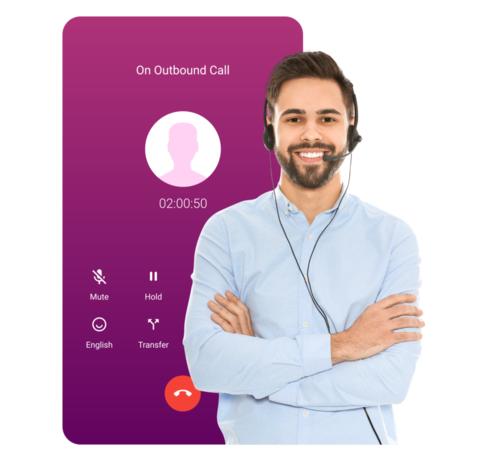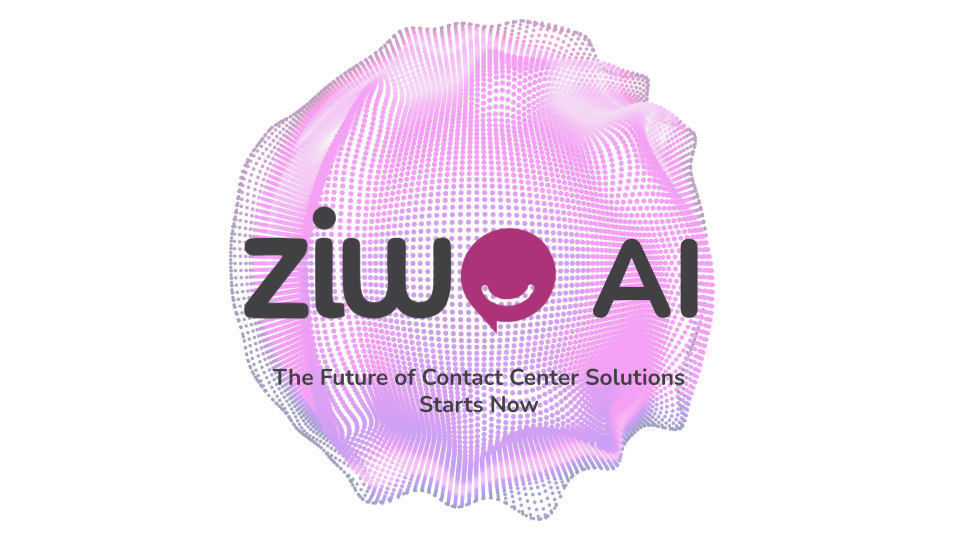Published the Apr 13, 2023
What is Call Center AWT Average Wait Time?
What is AWT Average Wait Time in contact centers and how reducing it helps in enhancing customer satisfaction & first-call resolution rates.
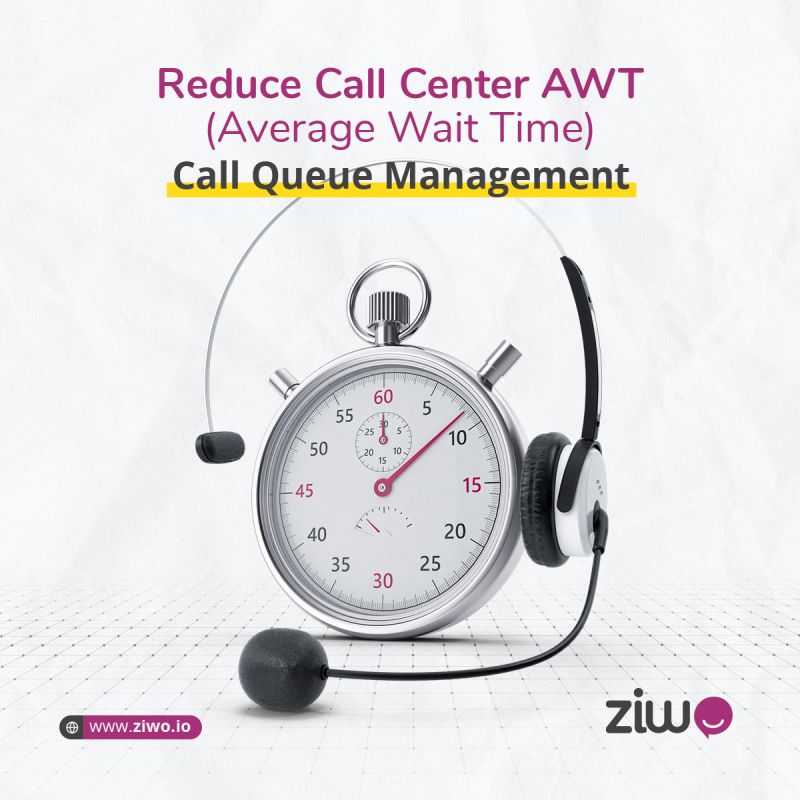
Customers may question a company’s commitment if they experience prolonged wait times on the phone. Average Wait Time (AWT) measures the time taken to respond to customer calls. To minimize AWT, businesses can optimize call routing, increase staffing, and implement self-service options. In this article we will go through these questions: what exactly is AWT, and how can businesses minimize it to ensure prompt and efficient handling of customer calls?
What Is Call Center Average Wait Time?
Average Wait Time (AWT), or Average Speed of Answer (ASA), refers to the mean duration that an inbound call spends waiting in a queue or for a callback if that feature is enabled in the IVR system. It is distinct from Average Handle Time (AHT), which is the average duration that an agent takes to complete a call or interaction with a customer.
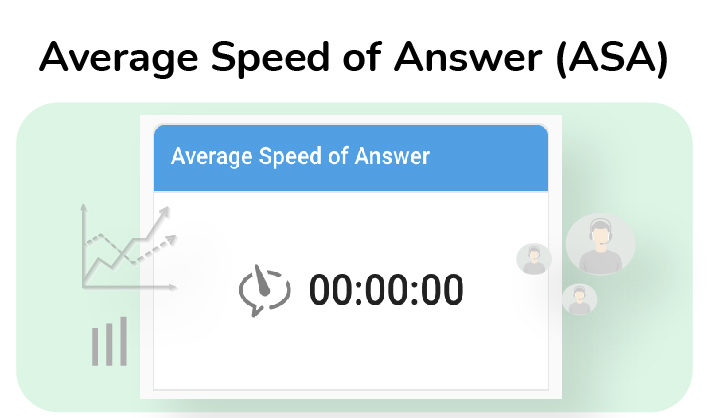
AWT can be computed across the contact center globally, by queue, skillset, agent group, agent, or phone number. The conventional call center service level target is 80/20, implying that 80% of calls should be answered within 20 seconds. However, this may not always be the ideal target due to various reasons.
Reasonable Waiting Time And Customer Satisfaction
According to a study conducted in 2014, the maximum waiting time that callers were willing to tolerate was 10 minutes. A more recent study by Arise revealed that two-thirds of consumers were willing to hold for less than two minutes, while 13% of them found even no hold time acceptable. If a call is not answered quickly, around 34% or one-third of callers hang up and do not attempt to call again, which is known as the Abandonment Rate – a critical metric for call centers. The trend in recent years has been towards customers expecting very fast, if not instantaneous service, reflecting the growing influence of e-commerce and social media where real-time service is the norm. To keep up with this demand, call centers need to prioritize delivering prompt customer service.
Ways to Reduce Average Wait Time
Average Wait Time (AWT) is an important metric for evaluating the effectiveness of your contact center. It provides an overall measure of your IVR system’s efficiency and agent performance. But lowering AWT and abandonment rates requires addressing several factors, such as IVR optimization and agent performance. However, sometimes the solution may not be straightforward. Here are some general tips that can assist any company in reducing long hold times:
uPDATE Up Your Workforce Management Strategy
Being able to handle calls quickly and efficiently is essential for agents to effectively meet the needs of their callers, resulting in increased rates of first-call resolution and improved customer satisfaction.
Furthermore, empowering call center representatives to monitor call queue numbers and incentivizing them to reduce call times when queues exceed a certain threshold can lead to even more efficient call handling. However, if you believe that your contact center’s quality management is already optimal, it may be necessary to hire additional staff.
Optimize THE Call Queue SETTINGS
Customers can become frustrated with an ineffective IVR system for various reasons. Firstly, it may present them with confusing option trees, leading to frustration and dissatisfaction. Secondly, it can direct them to the wrong department, resulting in wasted time and aggravation. Additionally, an inaccurate IVR system may fail to recognize customer inputs correctly, causing further annoyance. To avoid these issues, it is crucial to test your IVR system thoroughly.
Work on Your Call Center Service Level
Improving customer experience is not always solely dependent on reducing average wait time. Sometimes, providing a superior experience that fully addresses customer inquiries without rushing the call can be more effective. If your contact center’s metrics indicate that you can adjust your service level from, for example, 80/20 to 80/30, 80/60, or beyond, with little impact on abandonment rates, then other factors may be more important to your customers than shorter wait times.
Some researches indicate that 75% of consumers are willing to spend more money with a company that offers excellent customer service, and customers expect their representatives to be friendly, knowledgeable, effective, and fast.
Do You Want to Improve AWT In Your Contact Center?
In terms of customer satisfaction, decreasing the average wait time for callers is equally significant as the time taken by agents to resolve their issues. Moreover, several methods are available to achieve this, such as optimizing the IVR system and ACD, hiring more representatives, or providing additional training to help them work more efficiently through the queues. You can utilize various metrics to evaluate the effectiveness of these techniques.
It’s Possible with ZIWO!
If you’re looking to enhance the average wait time (AWT) at your contact center, ZIWO can be a valuable solution. This cloud-based contact center tool optimizes call-handling processes, automates tasks, and enhances agent efficiency. Its advanced features include intelligent routing, IVR, and real-time analytics that help call center representatives manage customer inquiries more quickly and effectively.
Furthermore, ZIWO’s user-friendly interface, available in multiple languages, offers ease of use and accessibility. In addition, its robust reporting and analytical capabilities provide call center managers with comprehensive insights into their operations. This enables managers to track performance, identify areas for improvement, and make data-driven decisions. With ZIWO, managers can optimize call center efficiency, enhance agent productivity, and deliver exceptional customer experiences.
Use ZIWO
By using ZIWO, you can easily improve your call center’s AWT. As a result, you’ll experience greater customer satisfaction, increased first-call resolution rates, and decreased operational costs.
The user-friendly interface of ZIWO allows for seamless integration and quick adoption, while its advanced features streamline call handling and optimize agent performance. Moreover, the robust reporting and analytics capabilities of ZIWO provide valuable insights for continuous improvement and informed decision-making. Overall, implementing ZIWO can drive significant positive outcomes for your call center operations.
You can try it for free here!
>
>
JustClean Reached the Top of the Cleaning Industry with ZIWO Software
>
>
>
Readings
Latest News
Interviews, tips, guides, industry best practices, and news.
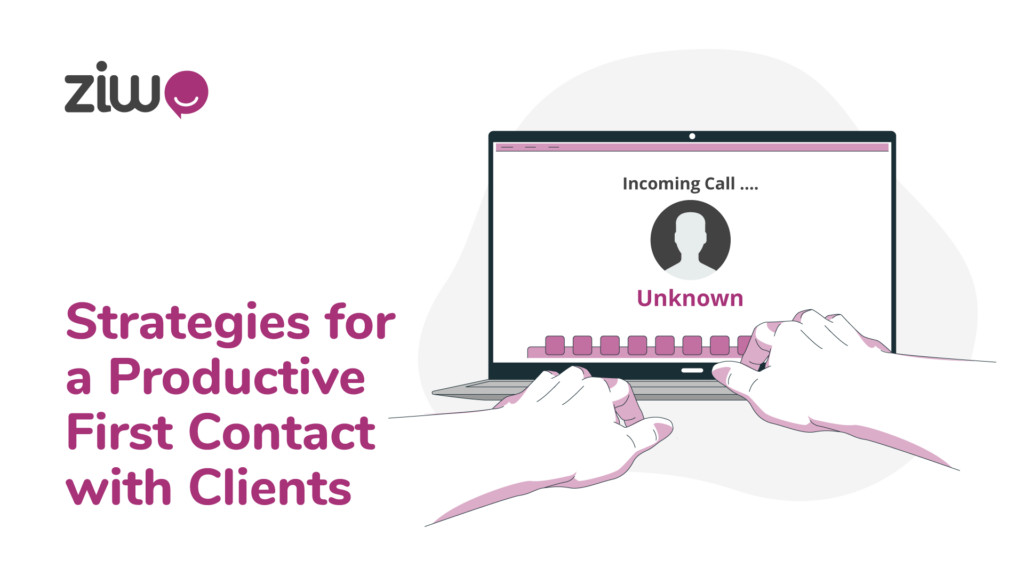
Strategies for a Productive First Contact with Clients
Take time to focus on the First Contact with Clients, so you can adjust the customer experience (CX) strategy to provide the best service.
Read post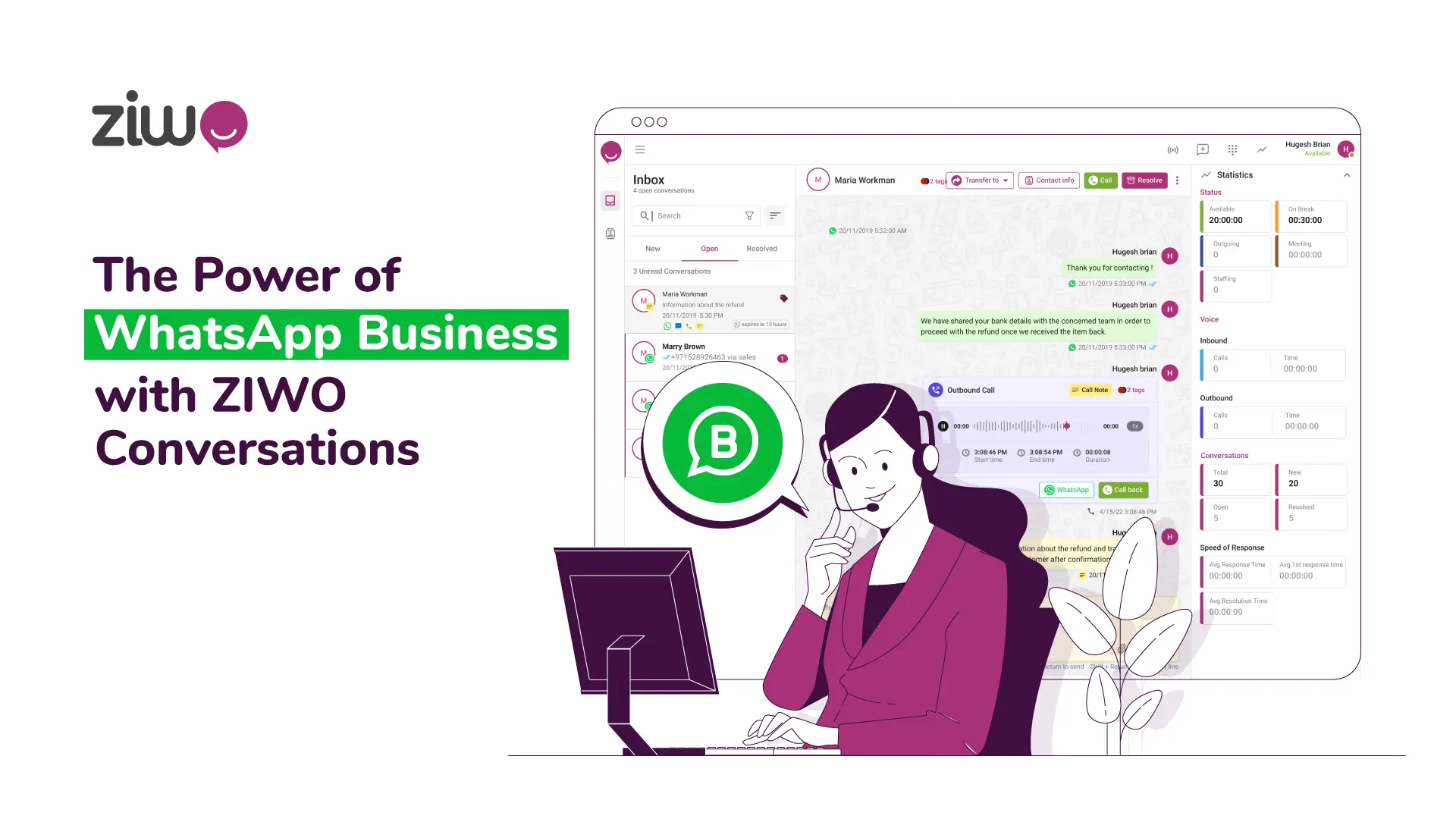
The Power of WhatsApp Business with ZIWO Conversations
ZIWO Conversations is recognized as the premier WhatsApp Business Companion, elevating both customer experiences and team collaboration to a higher standard.
Read post
Pause and Resume Call Recording – Benefits & Industries
agents can manually pause and resume call recordings, Once an administrator has enabled the feature, agents will see a button on the dialpad
Read post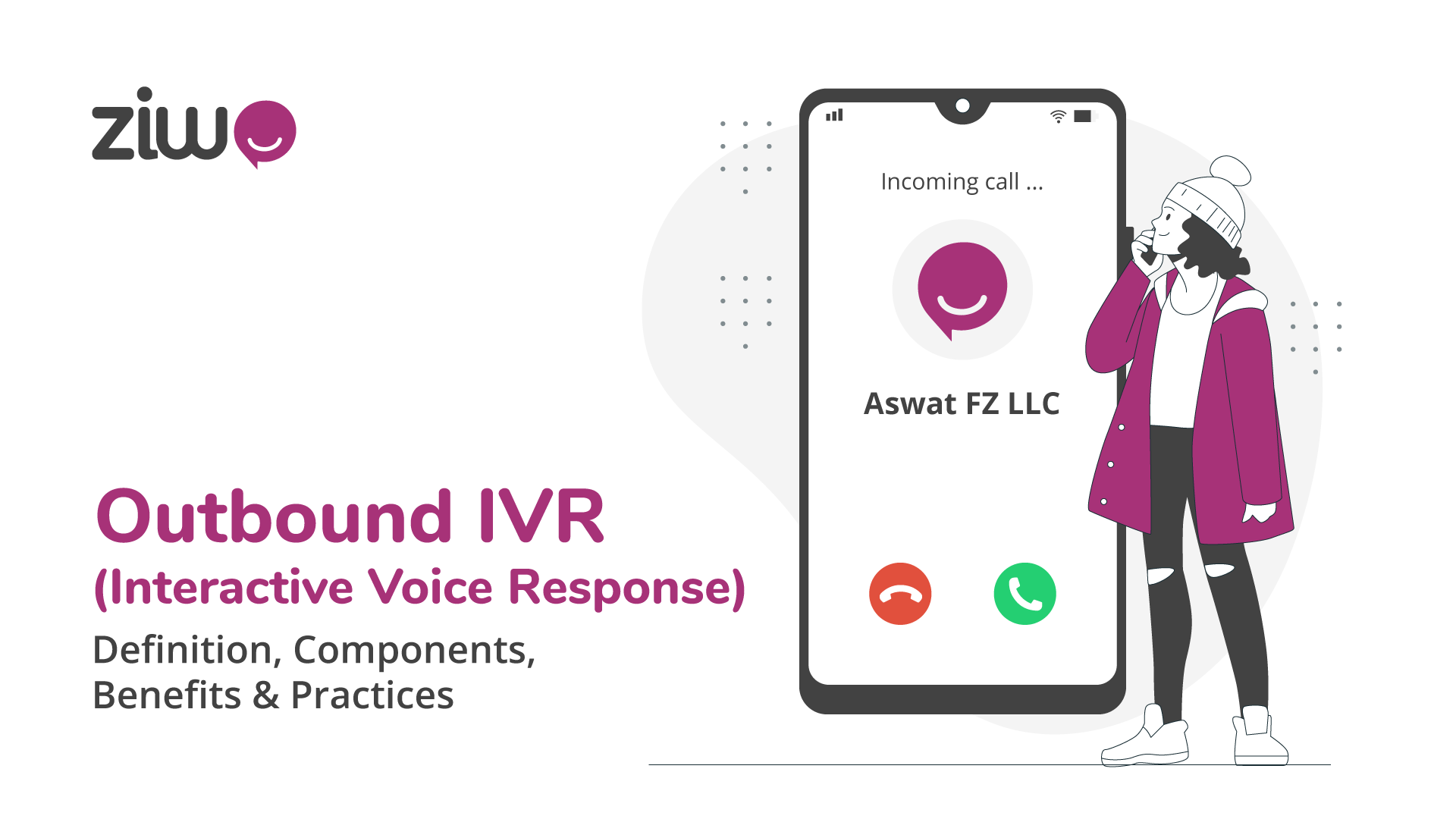
Outbound IVR (Interactive Voice Response) – Definition, Components, Benefits & Practices
Outbound IVR feature is a contact center tool that is used to proactively distribute communications to customers with a predefined IVR menu.
Read post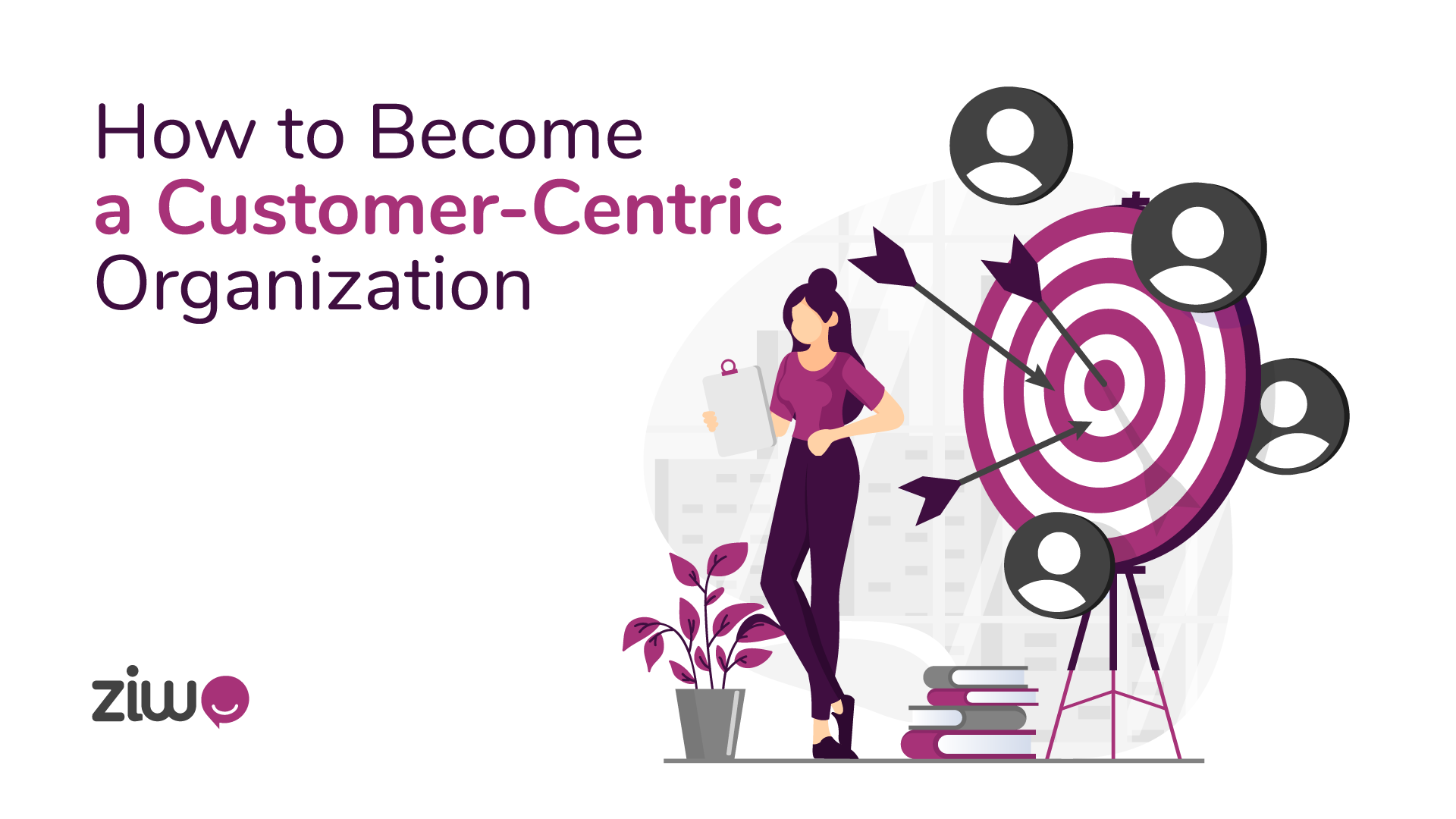
How to Become a Customer-Centric Organization
Ways to Build a customer-centric culture in your company, customer-centricity needs to be part of your philosophy, values, and mission daily.
Read post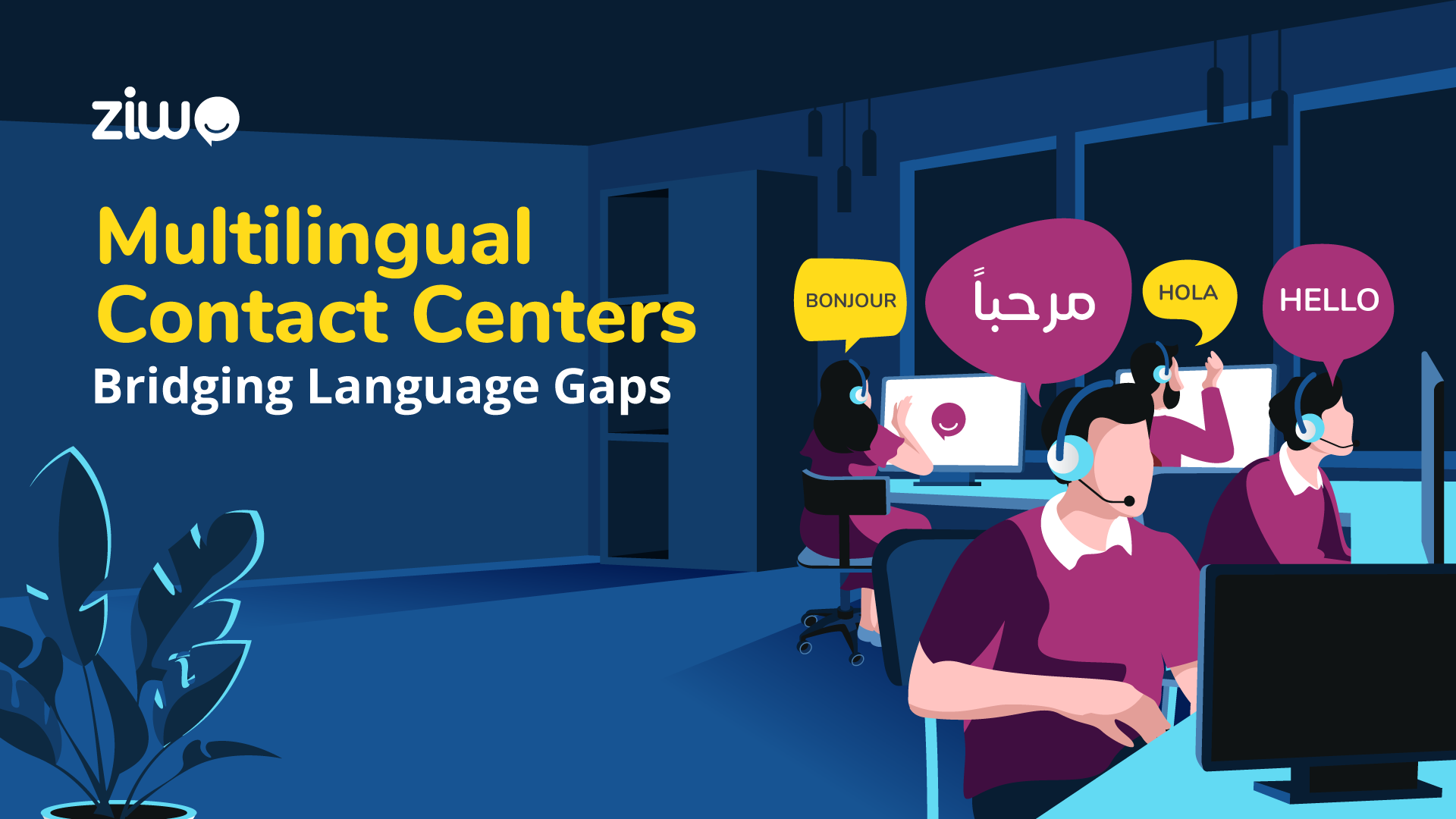
Multilingual Contact Centers: Bridging Language Gaps
Discover how multilingual contact centers overcome language barriers to deliver outstanding assistance, thereby elevating customer experience
Read post